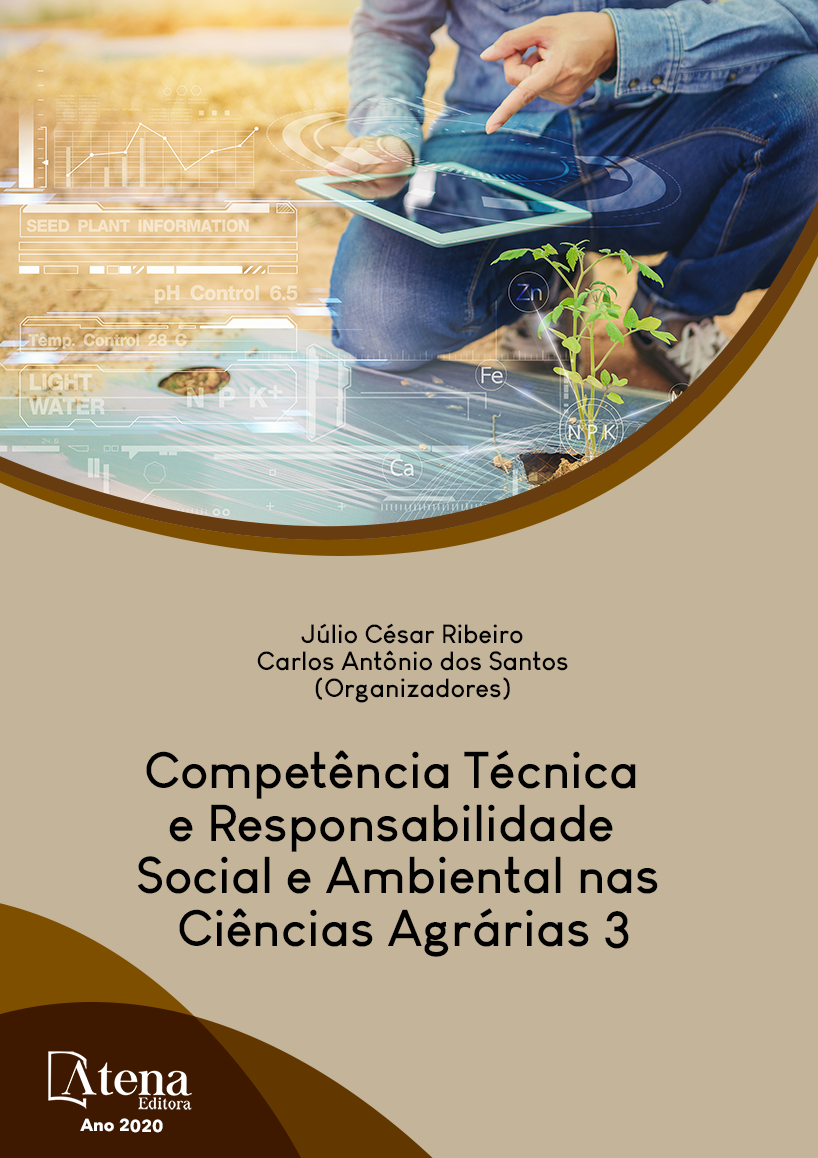
AVALIAÇÃO ECONÔMICA DA UTILIZAÇÃO DE FILME STRETCH EM CARCAÇAS BOVINAS RESFRIADAS ABATIDAS NO MUNICÍPIO DE IMPERATRIZ-MA
Objetivou-se com esta pesquisa
oferecer, aos estabelecimentos abatedouros de
carne de bovina, técnicas de redução de custos
avaliando a viabilidade econômica do uso do
filme stretch na embalagem das meias carcaças
bovinas. Foram selecionadas 50 animais
machos provenientes do mesmo lote e cada
meia - carcaça foi pesada antes da refrigeração,
para obter os pesos da carcaça quente, sendo
então metade de cada carcaça revestida com
embalagem tipo stretch (Grupo Tratamento) e
a outra metade refrigerada sem a embalagem
(Grupo Controle). Após a refrigeração, aferiu–se
a temperatura e pesou-se cada meia-carcaça
fria, para então, se proceder os cálculos das
perdas absolutas (em quilos) e relativas (em
porcentagem) decorrentes do processo de
refrigeração de cada Grupo. As meias-carcaças
foram resfriadas na mesma câmara frigorífica,
sob as mesmas condições de temperatura, para
evitar diferenças decorrentes da circulação de ar
no processo de refrigeração. Para embalagem,
cada meia-carcaça do Grupo tratamento foi
envolvida todo conjunto de tecidos ósseosesqueléticos
desde a extremidade do membro
posterior até a musculatura da região cervical,
utilizando-se filme de polietileno esticável do
tipo Bobina Stretch, modelo 50X0025. O uso
do filme na meia – carcaça mostrou-se eficiente
na manutenção e redução da perda de peso no
resfriamento, porém dificultou o ganho de frio e
mostrando-se não ser economicamente viável
ao estabelecimento.
AVALIAÇÃO ECONÔMICA DA UTILIZAÇÃO DE FILME STRETCH EM CARCAÇAS BOVINAS RESFRIADAS ABATIDAS NO MUNICÍPIO DE IMPERATRIZ-MA
-
DOI: 10.22533/at.ed.43120220118
-
Palavras-chave: Carne bovina, Embalagem, Perdas
-
Keywords: Beef, Packaging, Losses
-
Abstract:
The objective of this research was to offer beef slaughtering establishments
cost reduction techniques by evaluating the economic viability of using stretch film in
the packaging of beef half carcasses. Fifty male animals from the same batch were
selected and each half - carcass was weighed before chilling to obtain the weights of
the warm carcass, being then half of each carcass coated with stretch - type packaging
(Treatment Group) and the other half chilled without Packaging (Control Group). After
refrigeration, the temperature was measured and each cold half-carcass was weighed,
so that the absolute (in kilos) and relative (percentage) losses resulting from the
refrigeration process of each Group were calculated. The half-carcasses were cooled
in the same cold room, under the same temperature conditions, to avoid differences
due to air circulation in the refrigeration process. For packaging, each half carcass of
the Treatment Group was wrapped around the entire set of bone-skeletal tissues from
the extremity of the hind limb to the musculature of the cervical region using Stretch Coil
Stretch Coil, model 50X0025. The use of half - carcass film was efficient in maintaining
and reducing cooling weight loss, but it made difficult the gain of cold and proving not
to be economically viable to the establishment.
-
Número de páginas: 13
- Zaira de Jesus Barros Nascimento
- Raimundo Nonato Rabelo
- Herlane de Olinda Vieira Barros
- Viviane Correa Silva Coimbra
- Anna Karoline Amaral Sousa
- Bruno Raphael Ribeiro Guimarães


